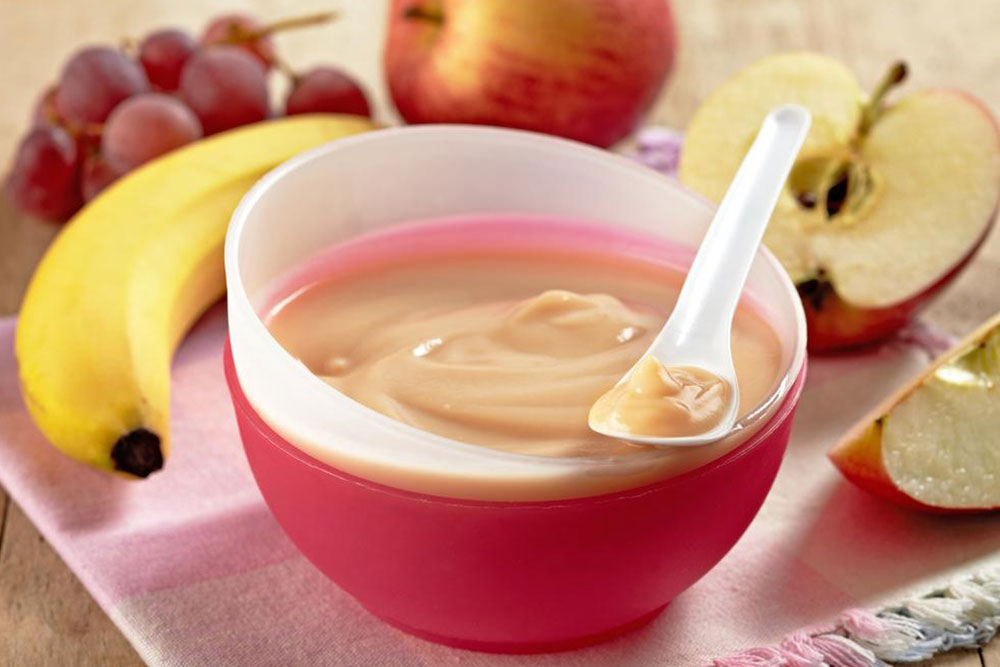Child Fever Awareness: Essential Facts Every Parent Should Know
Understanding childhood fever is crucial for parents to manage their child's health effectively. This guide covers causes, symptoms, measurement methods, and preventive tips for fever in children. Recognizing when to seek medical attention ensures prompt care, while preventive measures help reduce recurrences. Accurate temperature tracking and hygiene practices play vital roles in child health management. Stay informed with expert-recommended practices to keep your child safe and healthy during febrile episodes.
Child Fever Awareness: Essential Facts Every Parent Should Know
Key Information About Fever in Children
Fever is a common health issue characterized by a temporary rise in a child's body temperature. It occurs when the immune system responds to infections caused by viruses or bacteria. While generally not serious, frequent fevers, especially in infants, can be concerning. To reduce the chances of illness, parents should promote good hygiene, ensure timely vaccinations, and provide safe food and water.

Fever in children can stem from various causes such as bacterial or viral infections, heat exposure, allergies, or less common conditions like juvenile rheumatoid arthritis. Some medications can also induce fever.
Generally, fever resolves within a few days, but certain signs warrant immediate medical attention:
Red or purple rash
Loss of appetite or refusal to eat
Pale complexion
Seizures
High-pitched crying
Ear pain
Dry mouth
Reduced responsiveness
Irregular breathing
Fever in infants under 2 months
Persistent headaches
Ongoing vomiting
Understanding Normal Body Temperatures in Children and Infants
Recognizing normal temperature ranges based on age is vital. Typically, a child's normal body temperature is about 36.4°C, with fever marked at approximately 38°C. For infants, the average normal temperature is around 37°C.
Temperature measurement should be performed carefully and in appropriate body areas such as mouth, armpit, ear, or rectum. For children over three months, oral or rectal measurements provide the most accurate readings. Use a digital thermometer, and ensure proper sterilization after each use. Parents should understand correct measurement techniques by consulting healthcare professionals to avoid accidents or errors.
Fever Tracking and Care
Many doctors recommend maintaining a fever chart to monitor fluctuations over time. Recording temperature trends helps in assessing the child's health progress.
Preventive Strategies
To minimize fever recurrence, maintaining a clean environment, establishing good hygiene habits, encouraging active play, and providing nutritious diets are essential. These measures support overall immunity and reduce vulnerability to infections.










